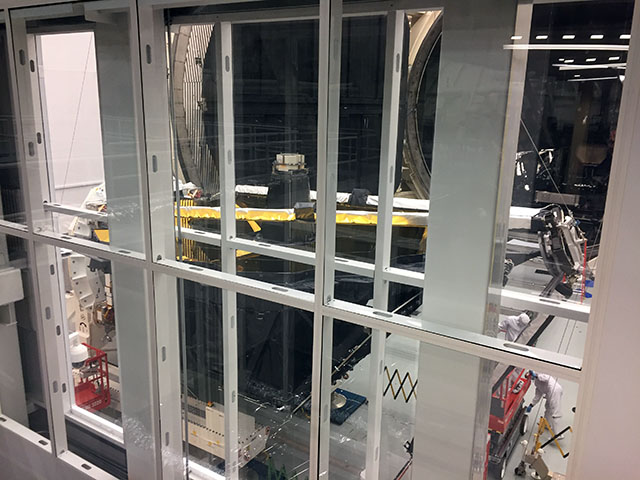The shuttle launch managed to hold my weekend hostage even though we didn’t up up actually launching. Disappointing, but it was the right decision. The problems with the engine cutoff sensors have to be figured out; they are just too important to keep on launching without fully understanding the issue. On the plus side, I now have plenty of things to work on this week, including two ascent sims and my rendezvous midpoint evaluation. On the minus side, the launch date is currently no earlier than January 2, and if that does indeed turn into the new launch date, I won’t be going to Corpus Christi for New Years after all.
Such is life in the space program.
A lot of people compare the space to aviation, with understandable reasoning. Both involve flying, both involve getting up in the sky. Both involve fantastic machines. Both get you somewhere faster. Both defy gravity in their own way. Heck, I have two degrees that clump airplanes and spacecraft together to form one big field of study called aerospace. They seem similar, right? People are always saying that where we are in the space industry is where aviation was a hundred years ago. But I think comparing an airplane to a spaceship is like comparing apples to oranges. Sure, they’re both round and they’re both fruit, but that’s about it. It’s the same with airplanes and spacecraft.
A Cessna flies on what’s basically a souped-up version of an automobile engine; larger planes use more complicated jet engines but can stay in the air if one fails. They fly fast compared to cars, but still usually under the speed of sound. They only go a few miles above earth. They use the air to generate lift. And maybe most importantly, they never leave the atmosphere, so they don’t require extensive life support systems. Anybody can learn to fly one.
Spaceships require so much more. Engines that generate an order of magnitude more thrust than an airplane engine. Toxic chemicals kept at sub-zero temperatures. Life support systems to support long-term occupants, including air to breathe, a pressurized cabin, a toilet, and more food than just some soda and peanuts. Because remember — astronauts go into space for a few days, not a few hours, and simply gliding down to where the air is thicker or the pressure is greater isn’t an option. Spacecraft need heat-resistant materials to keep the vehicle intact, since it’s going thousands of miles per hour faster than an airplane. Nobody can learn to fly the space shuttle during portions of its flight; it must be controlled by computer. The environment is hotter, colder, and emptier. The vehicle is faster and infinitely more complex.
We were pondering some of these issues over the weekend as Jose considered what will happen someday when a commercial spaceflight operation encounters similar problems. Will they scrub the launch for a month while a team of hundreds tackles all the nitty gritty details of the problem? Will they even have hundreds of people to tackle a problem? What kind of manpower will they have? Will they relent to the pressure of paying customers to launch despite potential issues?
NASA made the right decision to stand down for a month, but we have that luxury as a large public organization that answers to the population of an entire country. Will private companies act the same way when faced with similar problems? Because they will have problems.
Such is life in the space program.









I haven’t heard of an expendable rocket delaying its launch for 1+ months because of technical issues. (I’m sure there’s an example out there, but I suspect it is the exception.) Even looking at manned flights, the Mercury and Gemini boosters were simple, straightforward and worked great (except when electrical umbilicals fell out and someone left a plastic cover inside a gas generator). The shuttle launch system is much more complex and with the most expensive rocket engine ever developed.
I think commercial spaceflight is going to use a much simpler system than the shuttle. They realize it needs to be, in order to both increase reliability and lower costs. With more reliability they’re have fewer launch scrubs due to systems. I wonder how much effort they will make into trying to make the launch vehicle accessible, to easily swap out sensors and check wirings, etc. Or if it would simply be better to swap the entire launch vehicle for the next in line if you have concerns with a specific sensor that can’t be accessed without ripping into the launcher.